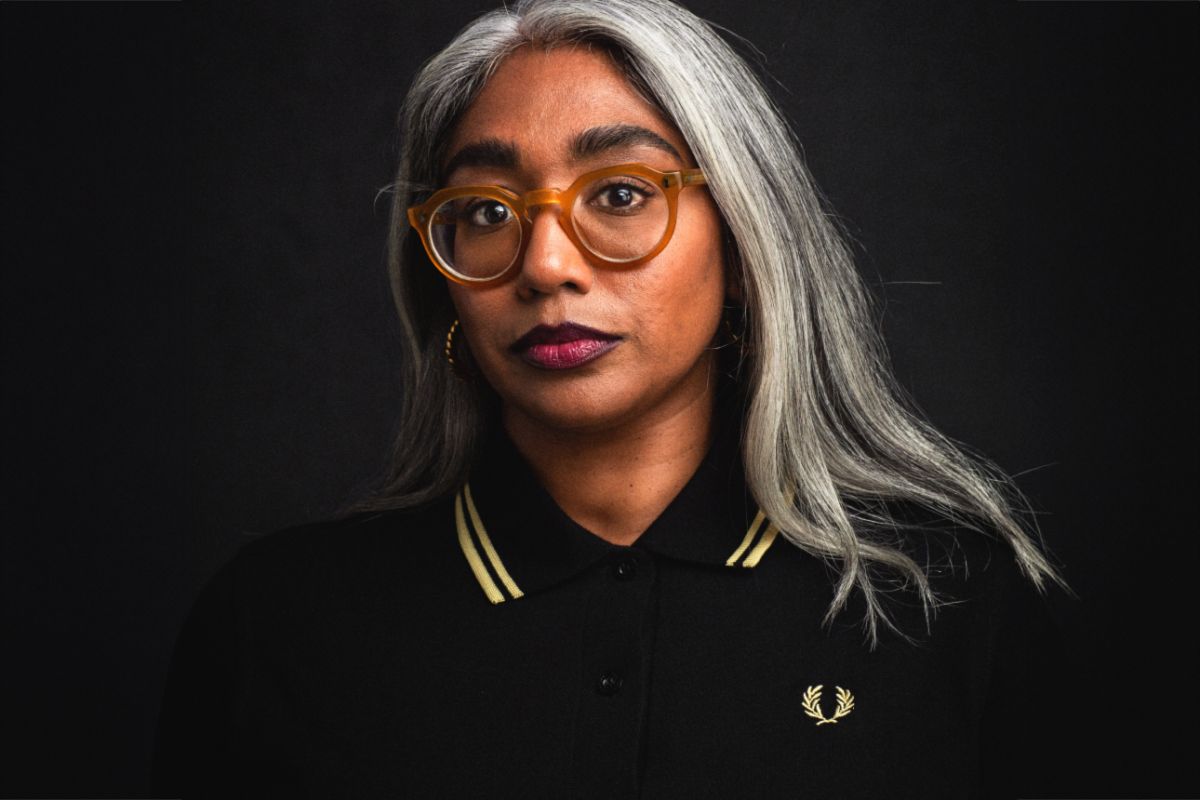There is something of the night about wearing the colour black. Down the ages it has been the choice of rebels and all manner of outsiders.
Time was when only art students, beatniks and Left Bank existentialists took to all-black ensembles of mohair Sloppy Joes and fishnet stockings, polo necks and berets, slim slacks or pedal pushers.
The look had filtered into popular culture via such avatars as Audrey Hepburn in her LBD in Breakfast At Tiffany’s, The Beatles in their Hamburg days, styled by Astrid Kirchherr in leathers and elastic-sided Baba boots from Anello & Davide, and the Velvet Underground’s Lou Reed and John Cale and their peers from Andy Warhol’s Factory set in the mid-60s, where motorbike jackets and impenetrable wraparounds masked serious cool.
Before Goth became one of the looks that defined the 1980s, it was difficult to track down plain black shirts. Even those bought at such outlets as Flip had been heavily dyed, rather than manufactured. Antony Price, the designer whose best-known menswear was produced for Roxy Music and their leader Bryan Ferry, scored a success in the early 70s by creating a line of black cap-sleeved t-shirts in partnership with the Portuguese manufacturer Plaza (Ferry is effortlessly louche in one on the cover to his second solo LP These Foolish Things).

